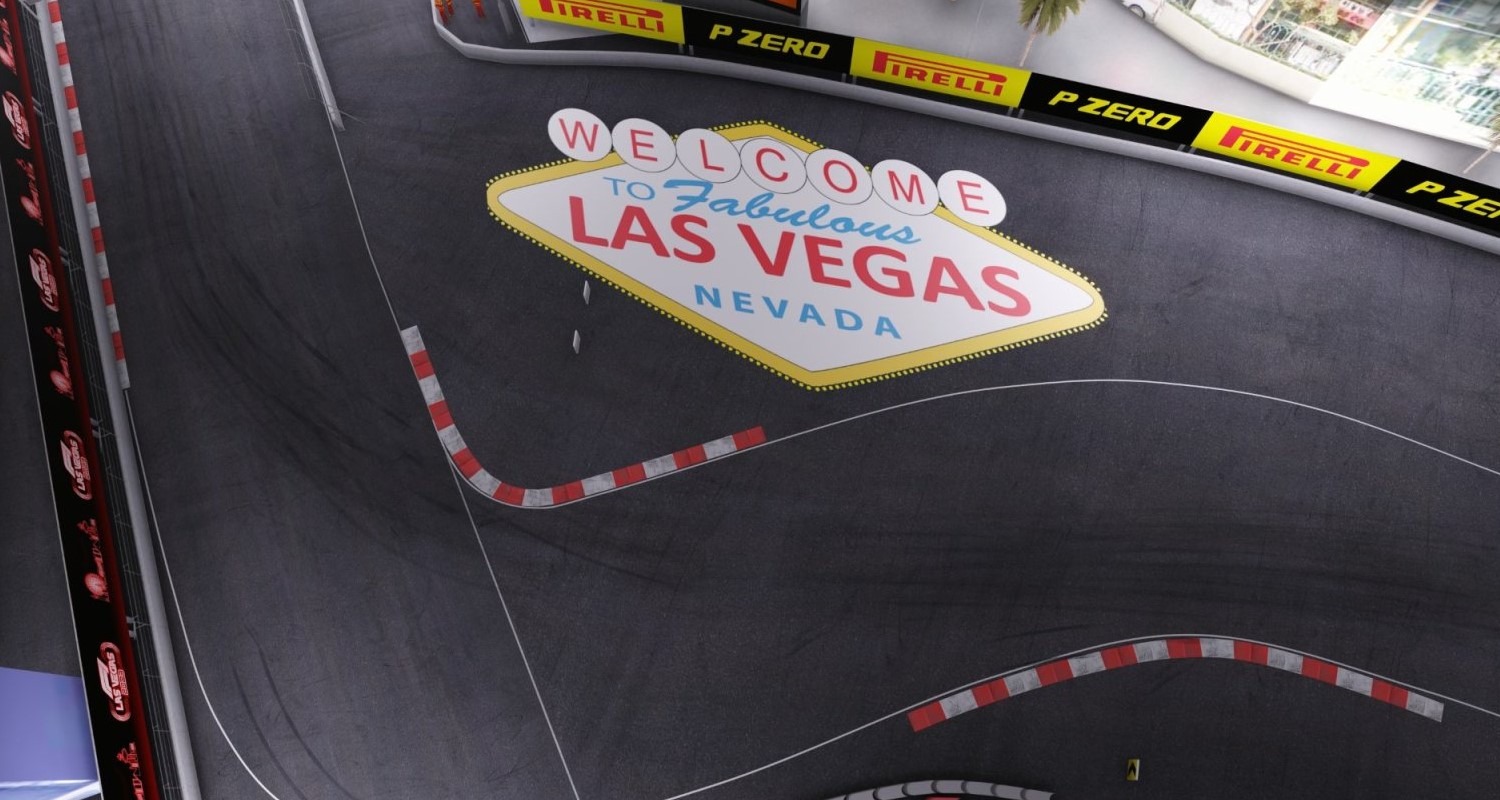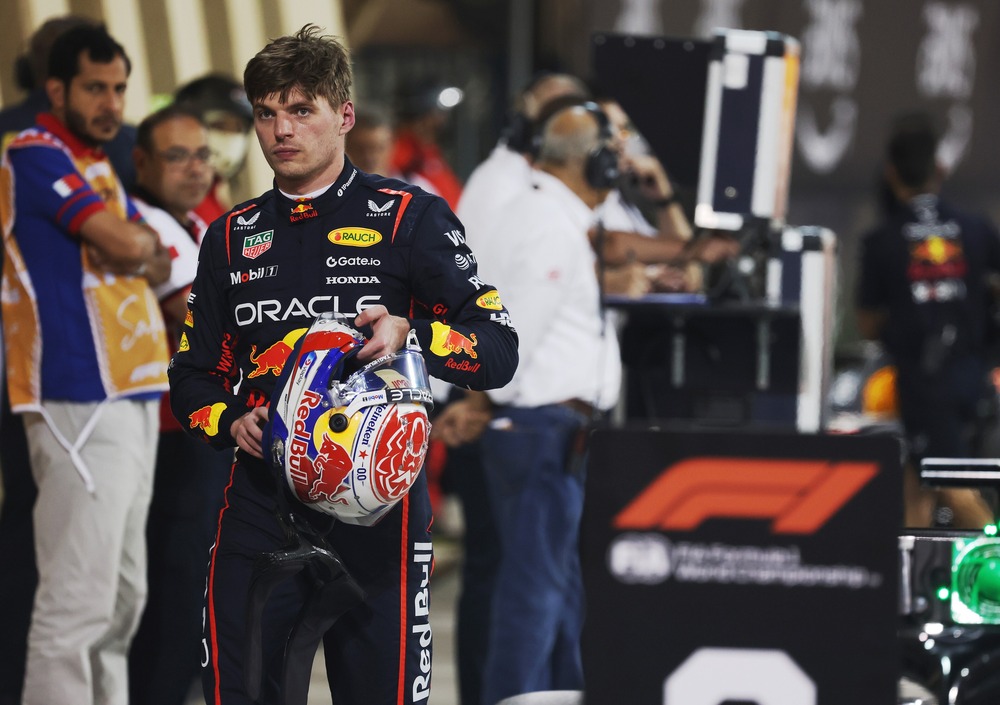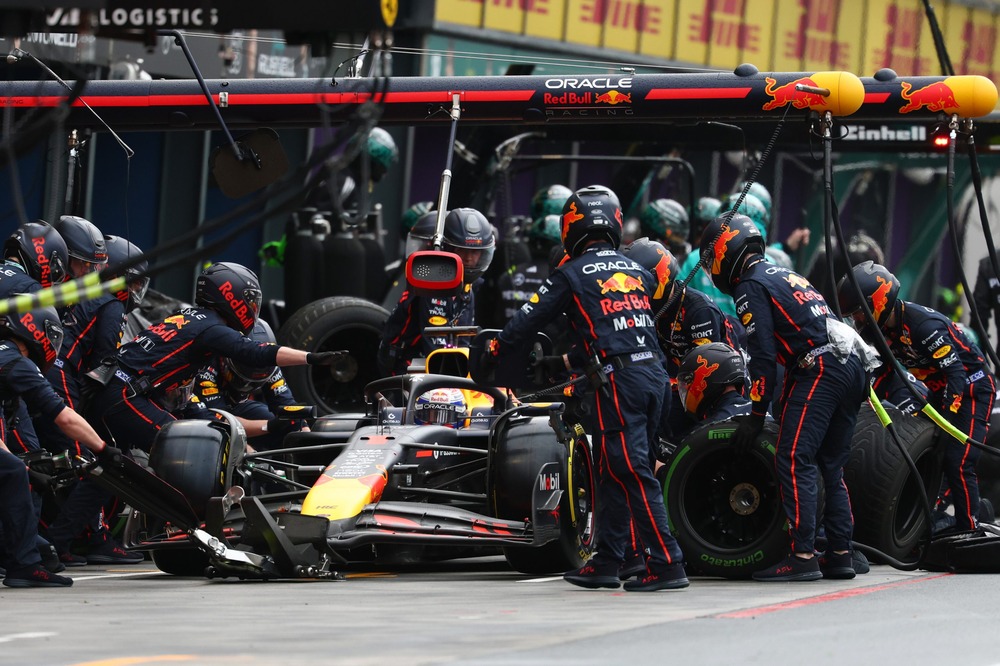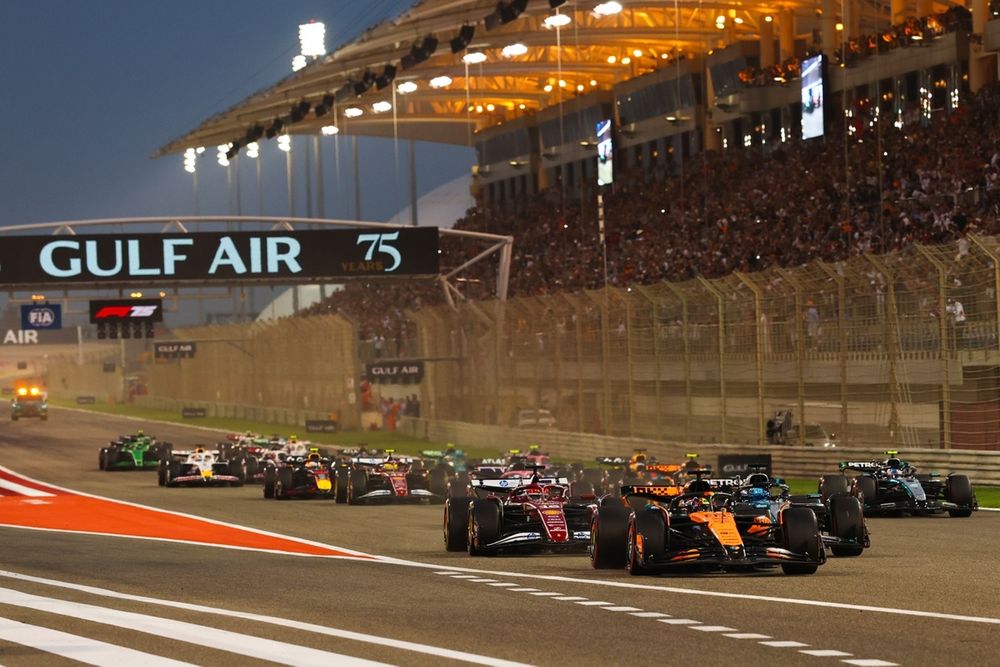This weekend’s Formula 1 Grand Prix in Las Vegas will be a gamble for the teams, as the race will be made more unpredictable by the low temperatures.
Las Vegas may get chilly for competitors and spectators come race night, which begins at 10p.m despite the city being situated in the middle of a desert. The daytime high is about 20 degrees Celsius, but as the sun sets, the temperatures drop dramatically.
With the race being held on the recently opened Las Vegas Strip Circuit, forecasters predict temperatures of about eight degrees Celsius on Saturday night. This may pose challenges for the Formula 1 teams, as they do not have historical race data to fall back on.
Las Vegas Grand Prix is going to trigger challenges regardless of whether it will break the record for the coldest F1 race or not, with the record currently held by the 1978 Canadian Grand Prix in Montreal, which recorded a temperature of five degrees Celsius.
Engineers are highly concerned about tire temperature because they know that long straights result in cooling. Adding to the chilly conditions, Vegas features three lengthy straightaways that could be devastating for the tires.
Having served as F1’s motorsport managing director, former Ferrari technical director Ross Brawn played a part in the idea behind the Las Vegas Grand Prix. He recently acknowledged that the chilly weather was not considered when putting together the plans.
“The one thing we hadn’t considered initially, but the tyre company have dealt with, is it gets very, very cold at night,” he said.
“So when the race is happening, which is Saturday night, it has been known to drop down to three or four degrees. So, it can be really quite cold and of course getting the cars to work in those temperatures can be a challenge.
“The tyre companies have done some work to make sure the tyres can cope with that.
“We’re definitely facing some new challenges which we’ve never had before, but I think it’ll be spectacular.”
Fans who may have been hoping for a challenge to Max Verstappen’s dominance will find it spectacular, but engineers may find it a nightmare. Director of Mercedes trackside engineering Andrew Shovlin has outlined the potential challenges.
“It’ll just depend on exactly how cold it is because if the track is down in single figures, that’s often a region where you go winter testing,” he said.
“You do a run, it’s very difficult for the tyres to either get them switched on, or there may be graining and things. And then sometimes you just wait until it warms up a bit.
“So actually having to race and qualify in those conditions, it will be interesting.
“You just try and identify the risks with the new circuit, work out what your contingencies will be, whether you need any sort of specific car spec to deal with that. And we’re going through that at the moment.
“But as I said, if it’s at the very cold end of predictions, it’s difficult to know how the tyres are going to work.”






